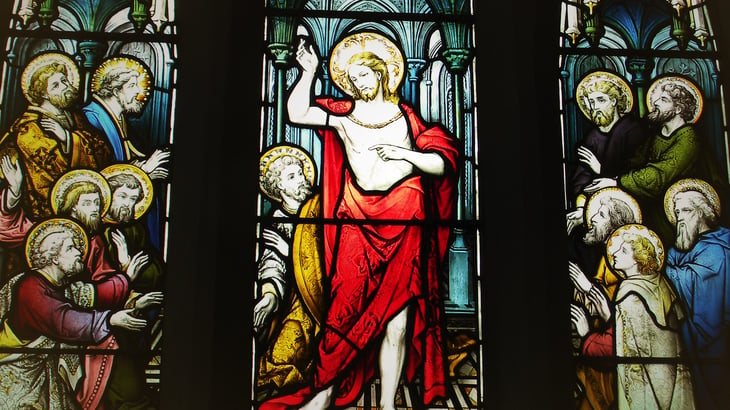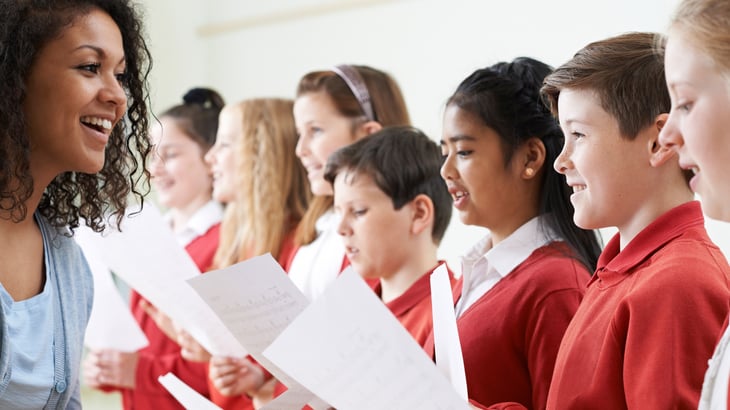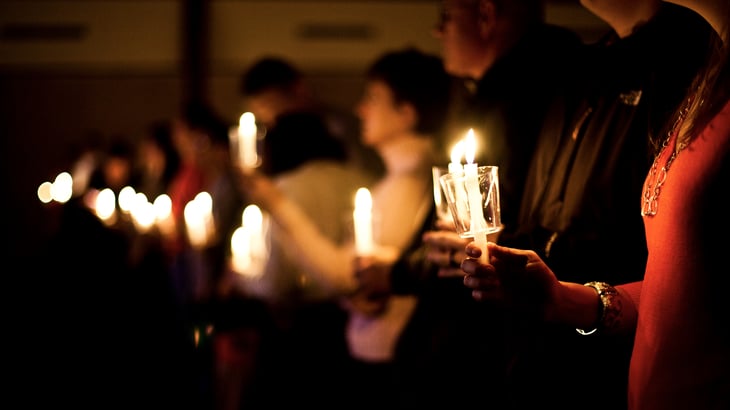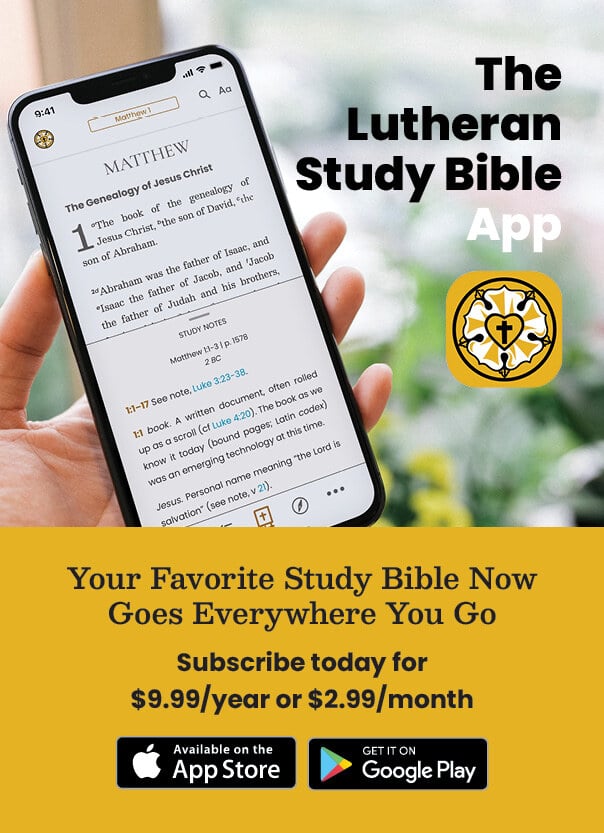How Easter Got Its Calendar Date
This post is adapted from The Year of the Lord by Theodore J. Kleinhans.
Just as the first Easter set the pattern for Sunday, so it also set the pattern for the Church Year. An event of such significance as the resurrection soon formed a natural focus for the entire year. No wonder one of the Church Fathers called it the festival of all festivals—the festum festorum.
Why Music Is Important in Church According to Luther
This post is an excerpt from Luther on Music: Paradigms of Praise by Carl F. Schalk.
No one considering the development of worship and church music in the Lutheran church of the sixteenth century can avoid facing squarely the pivotal role played by Martin Luther. He was important, however, not only because he was the focal point of a new theological movement. He stood, as well, at the center of a new musical movement that was to affect profoundly the church that would come to bear his name.
Music of the Month: Christ Jesus Lay in Death’s Strong Bands
Hart Morris’s arrangement of “Christ Jesus Lay in Death’s Strong Bands” is a Level III piece scored for 3–5 octave handbells. With roots in the Ancient Church and strong theological undercurrents, the piece is well placed on Easter Day or any Sunday during the Easter season.
Why Certain Hymn Texts Endure
I live right outside Washington, DC, a transient area where a two-year resident is practically a seasoned veteran. This area recalls the constant movement of our culture and the idea that things simply do not last or even last long. In this day of discarding the barely used for the brand new, how do we ensure that our artistic endeavors in the Church last? Specifically, how can our hymn texts survive a rapidly changing culture?
Keeping Church Reverent
Our culture often promotes relaxed and casual attitudes toward church, urging that a church should be a place where you feel welcomed and comfortable and where you can enjoy your favorite songs while sipping your favorite latte. As appealing as this sounds, why should we strive to keep church and worship reverent? What does music have to do with it?
Last-Minute Music Selections for Lent and Easter
Lent has started and Easter is quickly approaching! If you’re scrambling to find music selections for your church, don’t worry—there are tons of options available. Browse the list below to discover pieces that will work for the musicians at your church. Explore pieces for organ, handbell, choirs, and instrumentalists (with or without choral accompaniment).
The Praise of God in New Testament Songs and Hymns
This post is adapted from Praising God in Song by Carl Schalk.
The New Testament reflects in various ways both the content and vigor of the worship life of the early Christians. Among the excerpts from creeds, prayers, doxologies, and benedictions to be found in the New Testament are a variety of references to “hymns,” “psalms,” and “odes,” or “songs.” The very variety of terms suggests that no one “hymn form” was used exclusively.
How to Get Middle School Kids to Participate in Choir Class
Students, especially middle schoolers on the cusp of adulthood, long to be treated with respect and dignity; however, as music teachers, it is often tempting to search for music we think might be popular with our students regardless of musical, or spiritual, value. As soon as we recognize that kids can tell when we are trying to cater to their childishness rather than help lead them toward a mature adulthood, we can see how valuable hymns are in teaching our middle schoolers.
Emmanuel Has Come—Even to Tired Church Musicians
As Christmas approaches, everything around us tells us to be merry and happy—and we should be as we rejoice at the remembrance of the birth of Christ. For us church musicians, though, this time of year finds many of us busy, anxious, and stressed, a far cry from the Christmas cheer everyone around us espouses. Fortunately for us, our tasks during this season lead us to the truth, the ultimate cause of rejoicing.
The Histories of Some of Your Favorite Christmas Hymns
Did you know that one of the most famous Christmas hymns came about because a church’s organ broke just in time for Christmas Eve? Read on to learn about some of the season’s most well-known hymns.






















